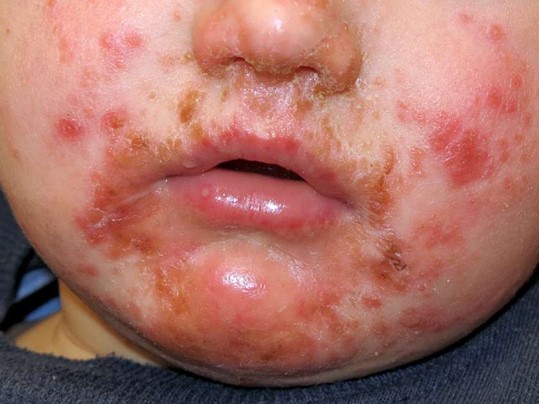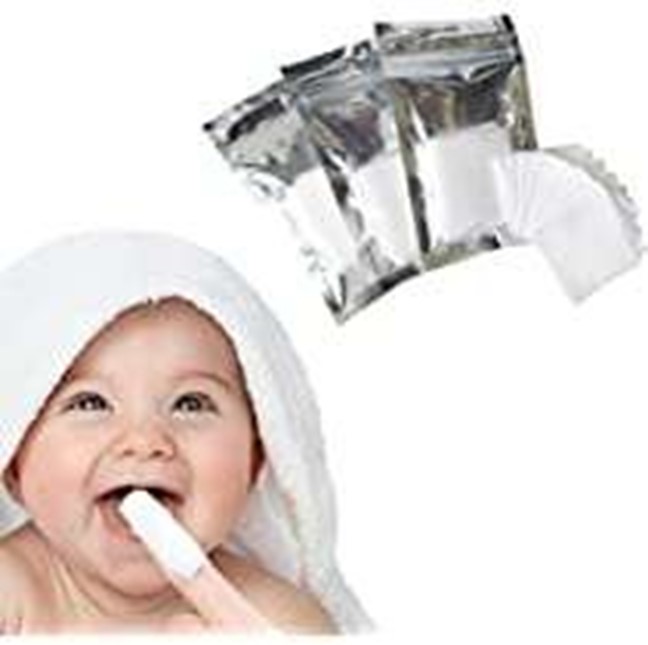A nurse is providing teaching to the parents of a child who has impetigo. Which of the following instructions should the nurse include in the teaching?
Apply bactericidal ointment to lesions.
Soak hairbrushes in boiling water for 10 minutes.
Administer acyclovir PO two times per day.
Seal soft toys in a plastic bag for 14 days.
The Correct Answer is A

Impetigo is treated with antibiotics, either topical antibiotics (medicine rubbed onto the sores) or oral antibiotics (medicine taken by mouth). A doctor might recommend a topical ointment for only a few sores.
Choice B is wrong because Soak hairbrushes in boiling water for 10 minutes, is not a recommended instruction for the treatment of impetigo.
Choice C is wrong because Administer acyclovir PO two times per day, is not a recommended instruction for the treatment of impetigo as acyclovir is an antiviral medication and impetigo is caused by bacteria.
Choice D is wrong because Seal soft toys in a plastic bag for 14 days, is not a recommended instruction for the treatment of impetigo.
Nursing Test Bank
Naxlex Comprehensive Predictor Exams
Related Questions
Correct Answer is C
Explanation
According to UCSF Benioff Children’s Hospital Oakland Orthopaedic Department, you can change your baby’s diaper with the Pavlik harness in place and make sure the straps are kept outside of the diaper.
Choice A is wrong because while your child is being treated in the Pavlik harness, it is very important that you do not remove the harness or adjust the straps, unless you are given specific instructions by your doctor to do so.
Choice B is wrong because there are no instructions to apply lotion to the skin under the straps.
Choice D is wrong because the duration of treatment will be determined by your doctor and may vary.
Correct Answer is D
Explanation
Cleanse the gums with saline-soaked gauze.
This can help keep the mouth moist and clean, which is important for preventing infection and promoting healing of oral ulcers caused by chemotherapy.

Choice A is wrong because routine oral care should be performed more frequently than every 8 hours.
Choice B is wrong because lemon glycerin swabs can dry out and irritate the mucosa.
Choice C is wrong because oral viscous lidocaine should not be used in children due to the risk of toxicity.
Whether you are a student looking to ace your exams or a practicing nurse seeking to enhance your expertise , our nursing education contents will empower you with the confidence and competence to make a difference in the lives of patients and become a respected leader in the healthcare field.
Visit Naxlex, invest in your future and unlock endless possibilities with our unparalleled nursing education contents today
Report Wrong Answer on the Current Question
Do you disagree with the answer? If yes, what is your expected answer? Explain.
Kindly be descriptive with the issue you are facing.
